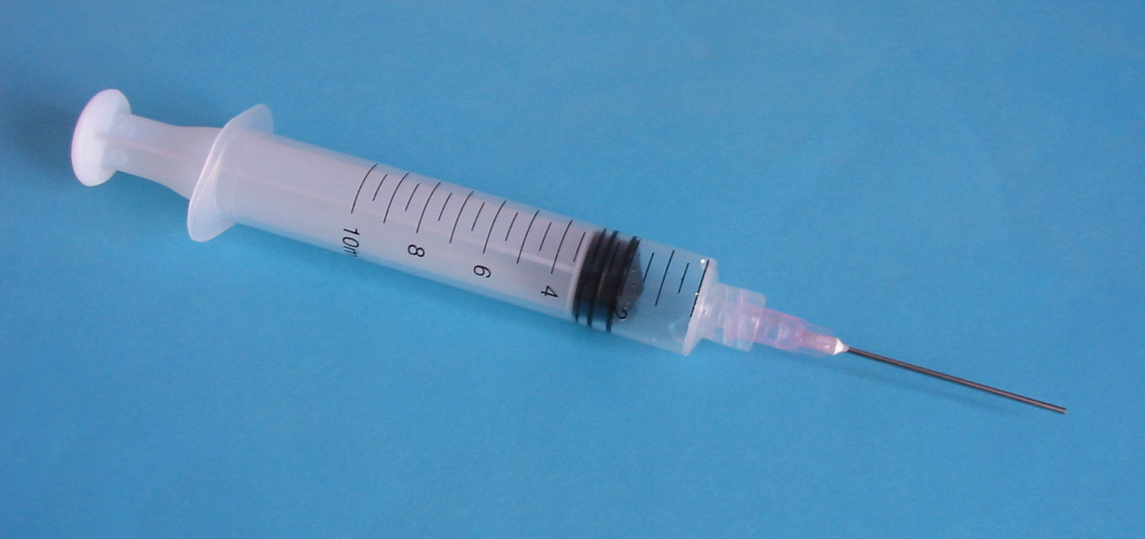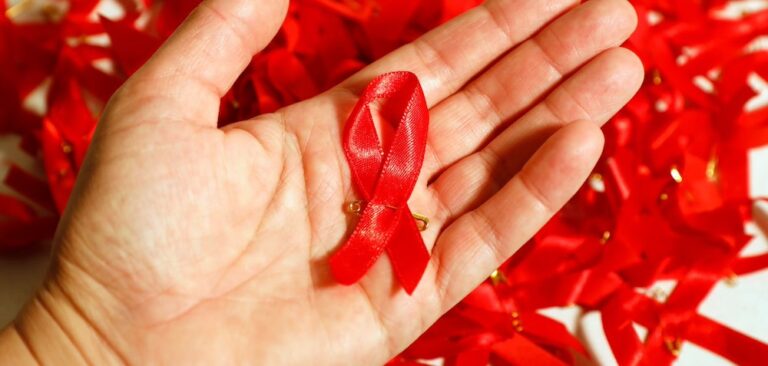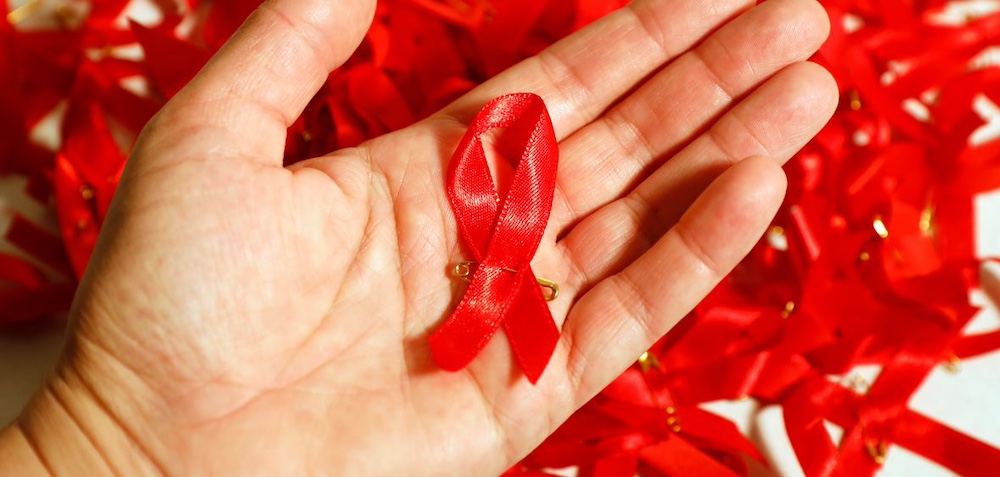
Brisbane school needlestick injury media reporting criticised

KEY community and government HIV and AIDS organisations have criticised mainstream media reporting of a Brisbane school student finding and injuring himself with a needlestick as generating “fear”.
The groups were responding to an article that appeared in the Courier Mail today that reported on a 12-year-old student suffering a needlestick injury while playing within school grounds last Monday.
The incident raised the concerns of parents over possible HIV contraction and other infections, with some expressing their fears to the media that drug users in the area were discarding used needles in the school grounds.
“Something’s going to happen; it’s a ticking time bomb,” one parent told Courier Mail, which is owned by News Corp Australia.
“I don’t want to read about a child that’s caught HIV from such needles, and that’s them for the rest of their lives. Or it could be hep B or C?”
Reporting of the incident by the Courier Mail has been met with criticism, with one community health organisation expressing “disappointment” in how it handled the sensitive topic.
“I am disappointed in the reporting around this story. The risk of contracting HIV from a needlestick injury is very low, and media need to be conscious of their role in perpetuating stigma and discrimination,” Queensland AIDS Council executive director John Mikelsons told the Star Observer.
The UK HIV and AIDS awareness organisation NAM stated that numerous studies have indicated that the chance of contracting HIV via a needlestick injury is around 0.32 per cent.
“Parents have a right to be concerned when their children are injured, but the media has a responsibility to place the risk in context and ensure that the broader community has good information,” they said.
The Courier Mail article titled ‘Needlestick injury at Brisbane Central State School, parents fear HIV risk’, also embedded a trailer for the American HIV and AIDS documentary How to Survive a Plague at the very beginning of the story.
Two sentences later, a link was posted to a previous story reporting on a recent rise in the number of HIV diagnoses in Queensland, titled “HIV WARNING: Silent killer on rise again”.
“The reporting of this case is outdated and misinformed.” Australian Federation of AIDS Organisations executive director Rob Lake told the Star Observer.
“We acknowledge parents’ concerns for the safety of their children. But we would point out that HIV transmission through discarded needles has never been reported in the 30 years of the HIV epidemic [outside of a medical/hospital setting].”
Lake said that the Courier Mail’s reporting preyed upon the fears that many in the wider community still had about HIV and AIDS.
“The fear of these parents and the fear generated through this type of media reporting is of concern to us,” he said
“We would look to Queensland Health to allay that fear and convey accurate information to the public about what has happened.”
Australian Injecting and Illicit Drug Users League executive director Annie Madden echoed the concerns expressed by other organisations and labelled the article as “irresponsible reporting”.
She questioned why a lot of the attention was focused on the residents of the school’s neighbouring Salvation Army homeless mens’ shelter, Pindari.
“It’s a shame that they appear to be targeting injecting drug users in this way and creating unnecessary fear in parents and children, especially with such an emotive headline,” Madden told the Star Observer.
“[The story] is a clear indication that injecting drug users are still a very easy target for the media to demonise and discriminate against. This type of reporting contributes to that stigma.
“Many studies have shown that whilst not personally knowing anyone who injects drugs, most of the public surveyed continue to see these people as dangerous and violent.”
Madden highlighted key needle and equipment exchange programs that run at a “90 to 95 per cent return rate”, indicating that the majority of injecting drug users were very responsible.
“We also have very good needle syringe programs that conduct regular sweeps of city streets along with hotline services for the public to report syringe sightings,” she said.
“The public don’t have to put themselves at risk at all. However poor journalism like this threatens the existence of these very successful but vulnerable programs.”
News in Queensland over the past week has predominantly featured recent studies on the rates of HIV within the state.
Mikelsons said: “Over the past few days we have seen a number of stories about HIV, and when taken together they can create a climate of fear that impacts on gay men and HIV positive people in particular.
“Addressing HIV in a climate of fear is a recipe for disaster. We need to look at data, have all hands on deck working together and build prevention campaigns based on evidence. That is the only way we will end HIV transmission here in Queensland.”










